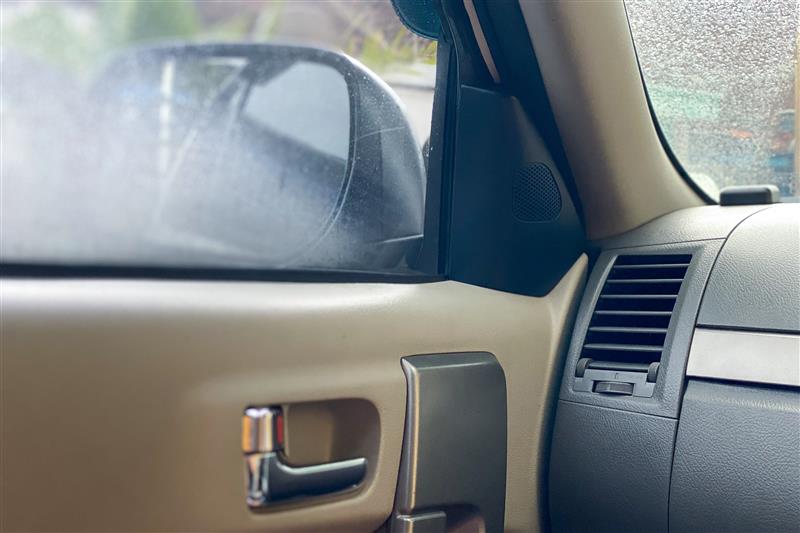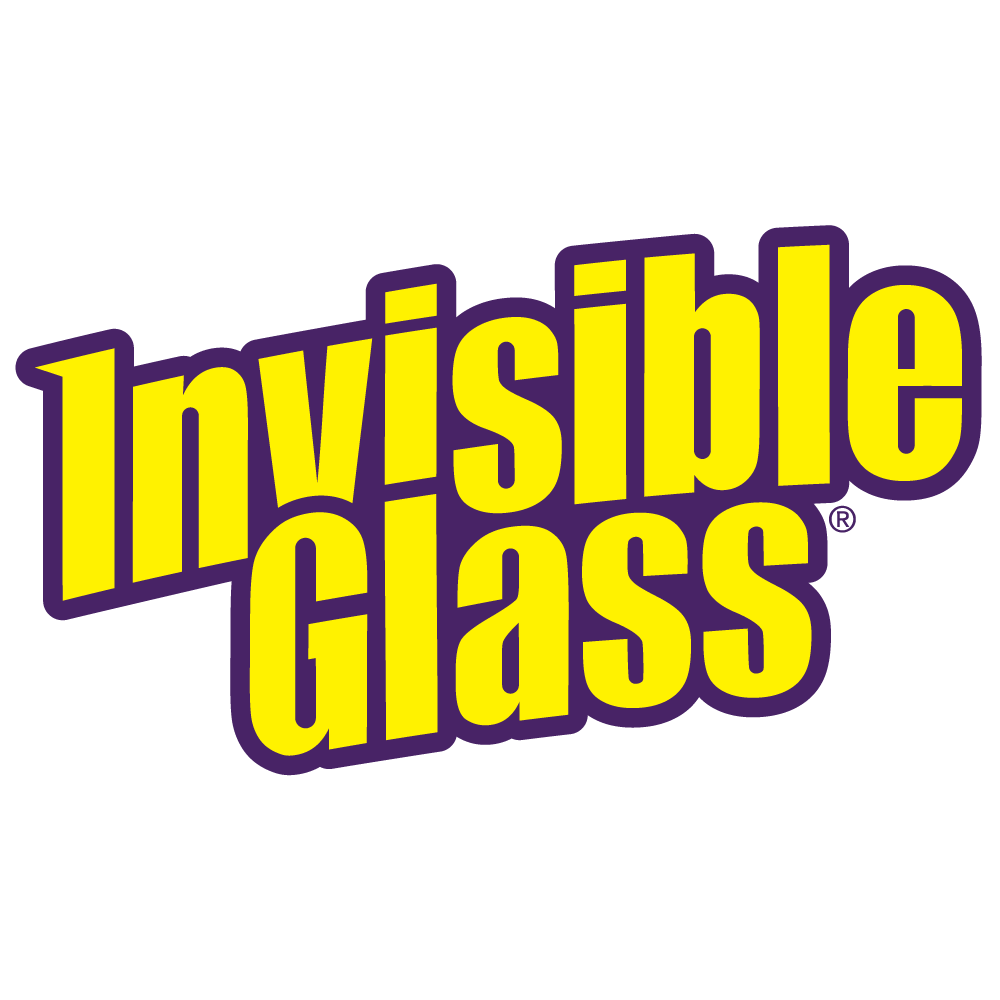
Foggy windows make driving harder and more stressful. Whether you're heading out on a cold morning or dealing with humidity at night, that misty layer can quickly block your view.
Most drivers try quick fixes like blasting the defroster, cracking a window, or wiping the glass with a sleeve. These help for a moment but rarely solve the problem for good. The real solution is preventing fog before it starts.
DIY tricks like shaving cream or raw potatoes have been passed around for years. Some can help, others don’t. Although a few may work in the short term, most won't keep your windshield clear over time.
This guide explains why fog forms, which home remedies are worth trying, and how to keep your view sharp with less hassle.
What Causes Windshield Fog and How to Prevent It
Foggy windows form when warm, moist air meets a cooler surface, like your car’s windshield. That temperature difference causes water vapor to turn into tiny droplets, which scatter light and blur your view.
On cold mornings, fog usually forms inside the glass. Body heat and breath create humidity in a cool cabin, which then condenses on the windshield. On warm, humid days, fog can form on the outside when air conditioning cools the glass faster than the surrounding air.
The formula is simple: humidity plus a temperature difference equals fog. Preventing it comes down to keeping moisture from clinging to the surface in the first place.
Common DIY Anti-Fog Hacks (and Whether They Work)
Over the years, drivers have come up with creative—sometimes bizarre—solutions for fogged glass. Here’s a look at the most common hacks, how they’re supposed to work, and whether they actually help.
Drivers have tried just about everything to stop fogged-up glass. From household items to viral tricks, the results are mixed. Here's a quick breakdown of what each method claims to do and how well it actually works:
|
Hack |
How It’s Supposed to Work |
Does It Work? |
|
Shaving Cream |
Leaves behind a thin film that repels moisture |
⚠️ Helps briefly but leaves streaks and builds up residue. This hack is messy and not ideal for long-term use. |
|
Potatoes or Dish Soap |
Creates a hydrophobic coating to block condensation |
⚠️ Works for a short time but leaves smears and can reduce clarity. |
|
Vinegar or Alcohol Spray |
Cleans the surface and evaporates quickly to reduce fog |
❌ Doesn’t prevent fog. May damage coatings over time. |
|
Silica Gel or Kitty Litter |
Absorbs cabin moisture to lower humidity |
⚠️ Helps reduce fog risk over time, although it doesn’t offer instant or complete prevention. |
Although several of these hacks can offer temporary relief, none provide a long-term solution that keeps your windshield reliably clear.
Why DIY Anti-Fog Fixes Fall Short
Some home remedies offer short-term relief, but none give you the control needed to manage fog in a car cabin. Preventing condensation isn’t just about wiping the glass—it requires balancing temperature, humidity, and surface energy. Household products aren't designed for that kind of environment.
In many cases, these tricks create new problems:
● Residue buildup that dulls clarity over time
● Streaks or smears that reflect light and reduce visibility
● Potential damage to coatings or tint films
That’s why professional detailers rely on products specifically made to stop fog before it forms.
Why Invisible Glass Anti-Fog Is a Smart Solution
For long-lasting, streak-free fog prevention, Invisible Glass Anti-Fog offers a better way to keep your windshield clear. It is developed specifically for automotive use and designed to perform in real driving conditions.
Here’s what sets it apart from DIY hacks:
✔️ No residue, no streaks: Leaves behind a perfectly clear coating without glare or hazing
✔️ Safe on tint and plastic: Ammonia-free formula won’t damage delicate surfaces
✔️ Built for vehicle conditions: Works in changing temperatures and high humidity
✔️ Fast and easy to use: Spray onto a microfiber towel, apply to the inside glass, and buff to
clear
Unlike temporary coatings, Invisible Glass Anti-Fog changes the surface tension of the glass. That reduces moisture buildup and helps prevent fog from forming on your glass.
How to Apply Invisible Glass Anti-Fog Correctly
Start with a clean surface.
Wash your interior glass using a dedicated cleaner like Invisible Glass Premium Glass Cleaner. This removes dirt, haze, or leftover product so the anti-fog formula can bond effectively.
Apply with a microfiber towel.
Spray a small amount of Invisible Glass Anti-Fog onto a clean, dry microfiber cloth. Do not spray directly onto the glass.
Wipe evenly across the surface.
Use smooth, overlapping strokes to cover the entire windshield and any interior windows you want to treat.
Buff to full clarity.
Flip the towel to a dry side and buff the surface until the glass is completely clear. A light application is all you need.
Reapply as needed.
For best results, reapply every few weeks or after any deep interior glass cleaning.
Pairing Prevention With Good Habits
Even with the right product, your results improve when you manage interior humidity. A few minor adjustments can help keep your glass clear day to day:
● Dry your floor mats. Moisture trapped under your feet adds humidity to the cabin.
● Clean your interior glass regularly. Dirt and residue attract moisture.
● Switch off recirculated air. Fresh air mode helps balance humidity inside the car.
● Crack a window slightly when parked outdoors. Ventilation allows trapped moisture to escape.
When you pair good habits with the right product, you set yourself up for clear, fog-free driving every time.
The Verdict: Skip the Hacks, Choose Real Clarity
DIY tricks like shaving cream or dish soap might work in a pinch, but they fall short when it counts. Visibility shouldn’t rely on guesswork.
Invisible Glass Anti-Fog is purpose-built for automotive use. It goes on clean, works on tinted glass, and lasts for weeks. No streaks. No fog. No mess.
When it comes to your view of the road, don’t settle for temporary fixes. Choose clarity that holds.



